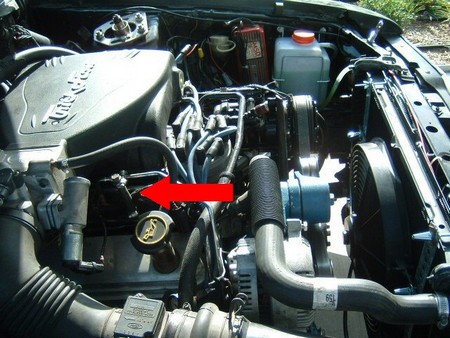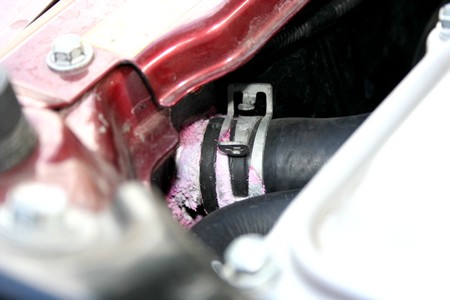Car radiator is the main component of a cooling system in the engine. It is made out of aluminums fins for maximum heat conductivity and has a fan attached to one side to remove excess heat from the coolant which circulates around the engine. The thermostat acts as a sensor to turn on or off the water pump which helps circulate coolant in and around the engine. Thermostat will only activate the water pump when the engine reaches its operating temperature to ensure maximum engine efficiency.

Tips on how to prevent leakage in radiators below will certainly prolong the life of your radiator if followed diligently.
A routine check on the coolant level is mandatory to ensure even temperature distribution throughout the radiator and the entire cooling system. This prevents thermal cracking which might occur due to varying temperature in the system. To check coolant level, open the radiator cap which is located on the top side of your radiator. Do this only when your radiator is cool and the engine switched off. Ensure that the water level is visible; else you must top it up with coolant.

Use only distilled water and coolant recommended by the manual. Use only distilled water because it contains no diluted minerals or other contaminants which will corrode the radiator. Most coolant would require a mix of distilled water with a ratio of 50:50 before filling into the radiator. Fill the radiator until water level reached the inlet. Proceed to fill up the reservoir up to its brim. Replace the radiator cap and flush off spilled content with tap water.
Flushing of radiator is recommended to be done annually to prevent rust and debris built up between the fins which will cause corrosion on the wall. To flush, ensure that the radiator is cool before proceeding to do any work near your engine bay. Release the radiator cap at the top and unscrew the drain nut located at the bottom side of the radiator. Use a water hose to pump in pipe water until water draining from the radiator outlet is clear. While water is being pumped into the cooling system, turn on the engine to allow water pump to drain off excess debris which may have accumulate in the water pump or anywhere along the engine internal route.
By following these simple steps, it may save you a lot of hassle and money in long run.








